The big wide open skies of East Anglia greeted me with birds of prey, wet peaty fields and sea fret on my latest ‘field intel’ trip garnering information as to what’s going on ‘out there’ in the flat lands of the east.
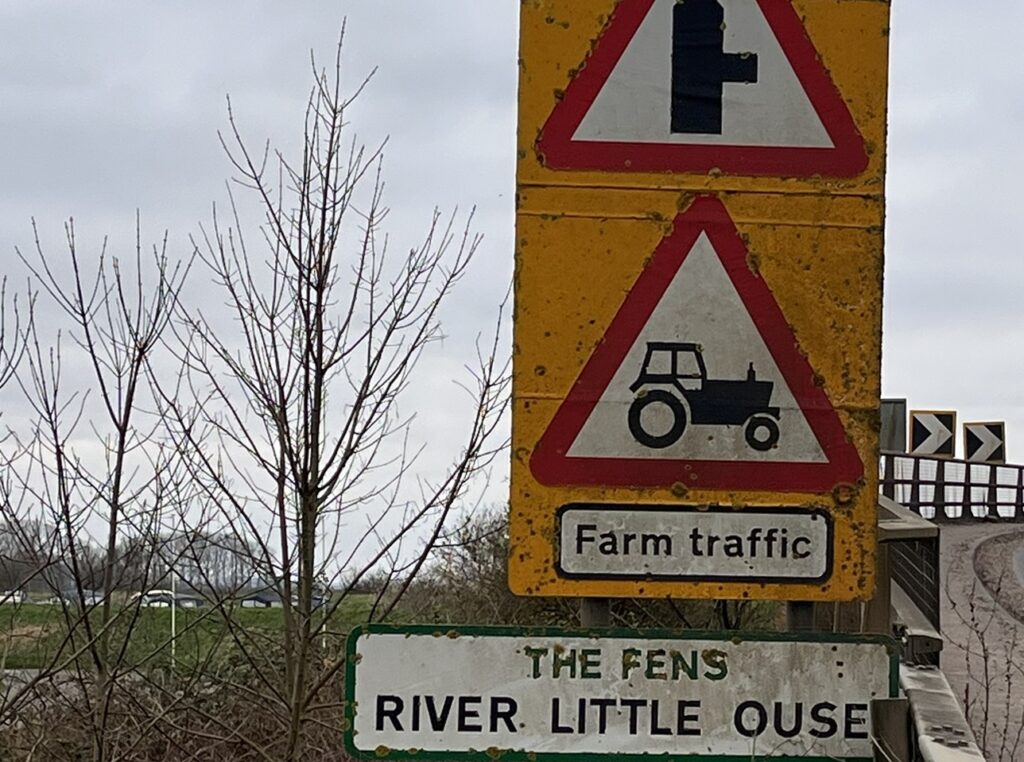
Harrier Bridge
Stepping onto previous farmland and now marshland, demonstrates how much potential there is for a range of lowland land uses. If you happen to be heading to the high viz Wicken Fen, drop in on a private venture called Kingfisher Bridge Nature Reserve producing nature with water buffalo and harriers by the marsh-full. I found time to have a cuppa with its founder, Andrew Green, who told me ‘landowners don’t want to depend on government funding‘ and was proud of his reserve’s contribution to Cambridgeshire’s nature. [See this private donation page (ref: Lambie)]
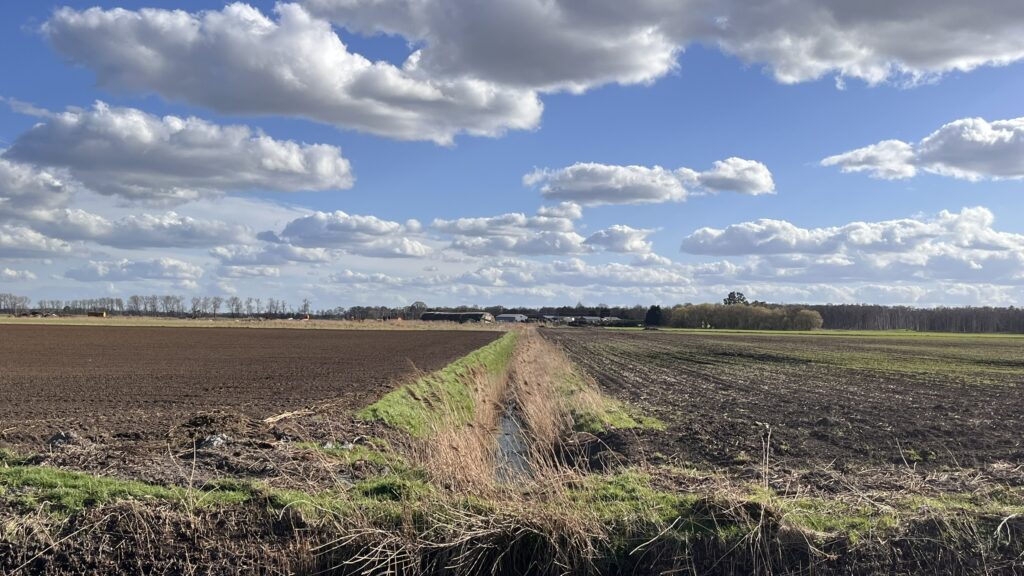
Lunar nurdles
The North Sea produces very different shorelines from the Atlantic – a view exacerbated through a sea fret (mist) while spotting a shore lark and picking up plastic remains from a collision of ships. It helps that Holkham hosts vast numbers of visitors who can help clean up beaches – as well as keep dogs away from nesting plovers.
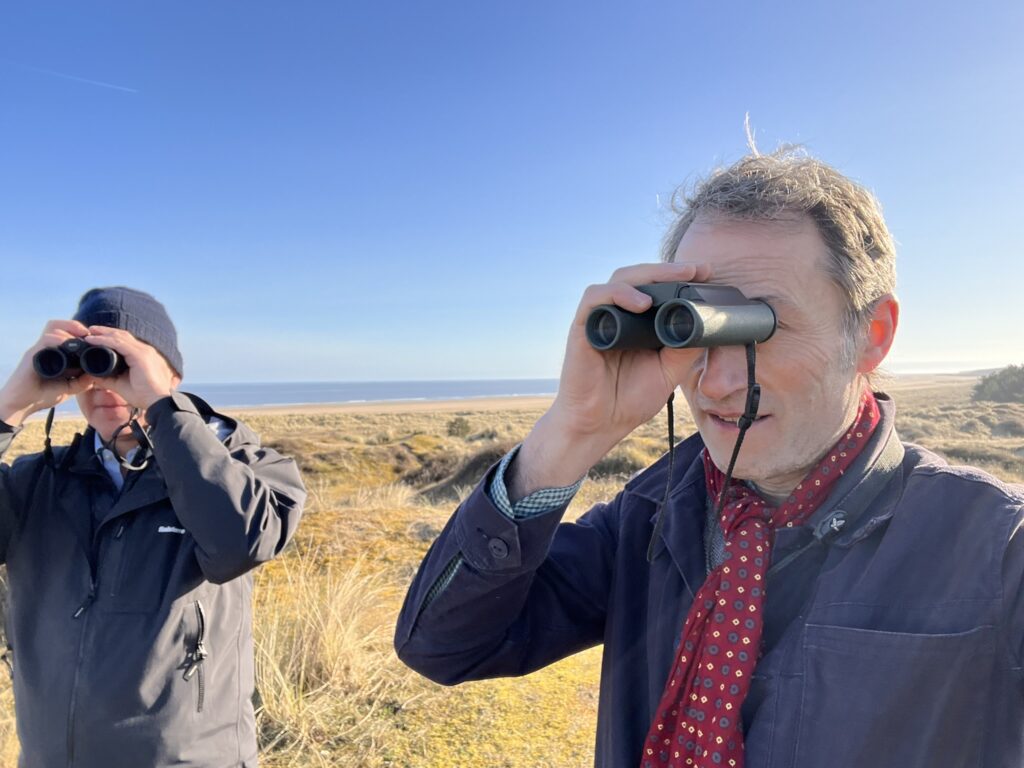
There’s lots planned for north Norfolk at landscape-scale [recovery/restore/rejuvenate/revitalise/rewild – insert own re-word] schemes – especially when it comes to areas of saltmarsh and cereal-growing areas shy of the shoreline. Partnerships abound, as much as they may be renamed to fit the evolving narratives. Oh, and it’s probably worth baselining what additionality has already been funded by the public purse, when land changes hands or management changes direction.
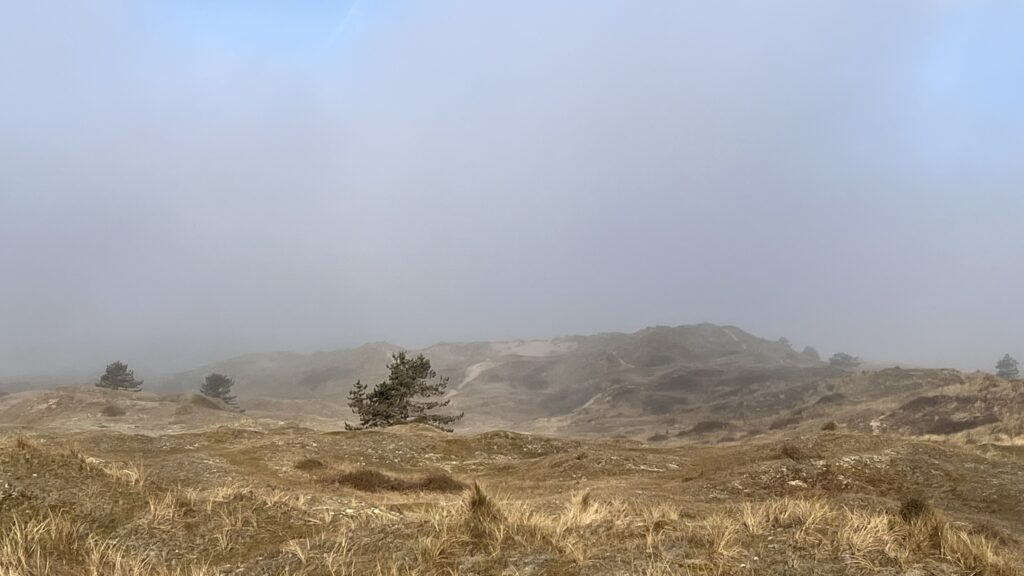
Fen farms flooding
When does a committee change it’s name? When it’s a mouthful and fails to gain traction with its target audience. That explains a local authority’s Fenland Peat Committee morphing into a farmer’s Fenland Soils organisation. Similar to the EA’s engagement on Fens 2100+ – a key matter when managing over 400,000ha of land below sea level on a 24/7 basis. There’s also more room for ‘great’ eNGO projects in the area to reach out to other farmers and land managers in sharing knowledge, forging trust and gaining intelligence from the ground.

When in the area, drop in (literally) to the lowest point of the UK at the Holme Posts. Peat loss in the lowlands is a national situation – whether the 9mm a year in the national nature reserve or the 30mm annually on some areas of farmland nearby. The goal ‘posts’ – in the picture above or the issues at play, have shifted as some Grade 1 classified soils are perhaps now less versatile for producing foods and better as soaking up carbon public goods. Here’s a 90 sec vlog on that.
Microbes, minerals, and mycorrhizal
Spending an hour with a farmer deeply versed in soil biology with the patter of a pitch-side commentator at a world cup final, is not for the feint hearted! In [very] simple terms: ‘rinsing good stuff out of woodchip to inoculate weak soils with microbial catalysts of health’. Something to explore with funds from the latest competitive round of the govt’s (£46million) Farming Equipment and Technology Fund [and perhaps of interest to organic farmers with soil which smells good but is, in fact, rather dead – ouch]

Forest agro field
When I hosted a conversation with a group of top quartile poultry and potato farmers, my query on what percentage of their farm was trees was met by silence. ‘Trees are wasteful on food productive land’ was the unsaid thought in the room. Out in the Fens, the flattest wide open space, one farmer has pushed on with woody interlopers set between strips of cereals – here’s a 90 sec vlog on it – as it involves certain skills to manage both crops in the same area.
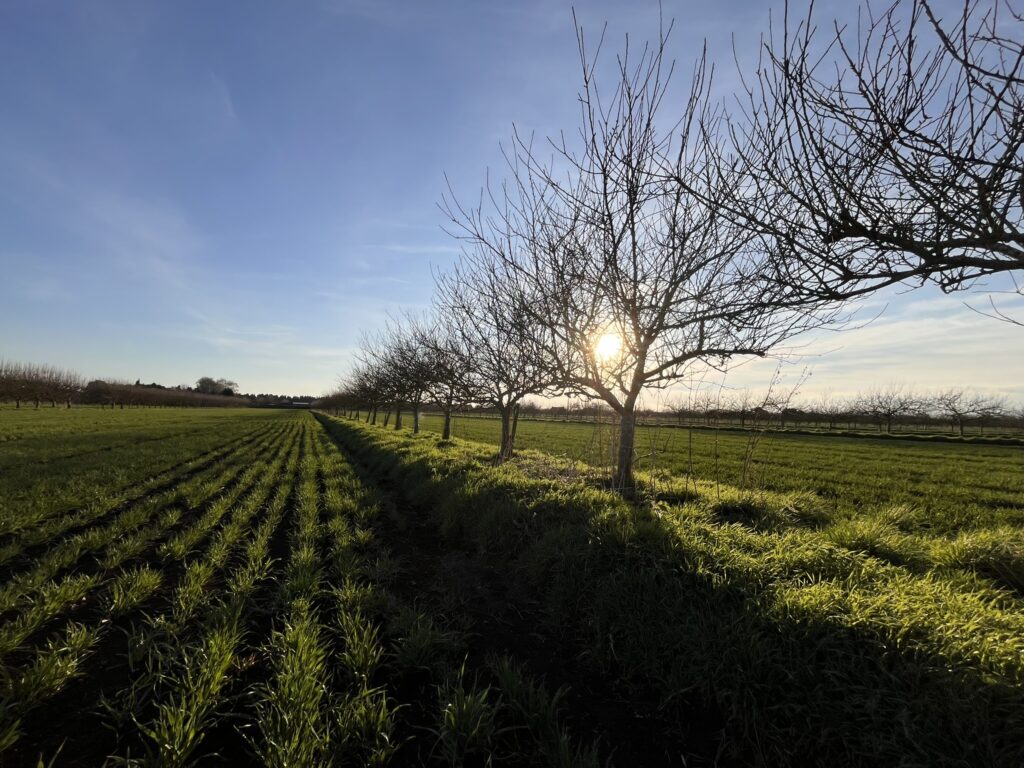
Cuppa knowledge exchange
All it takes is a cup of tea to exchange ideas or an hour for a walk and talk to learn about ‘action on the ground’. This may not seem much but it all helps join-the-dots as to the gains and gaps in the knowledge required to help this transition of farming and land use, recalibrated and resilient, for an uncertain future.

n.b. this is blog is liable to edits, updates, refreshed links etc. Do leave a comment or contact me direct – thanks
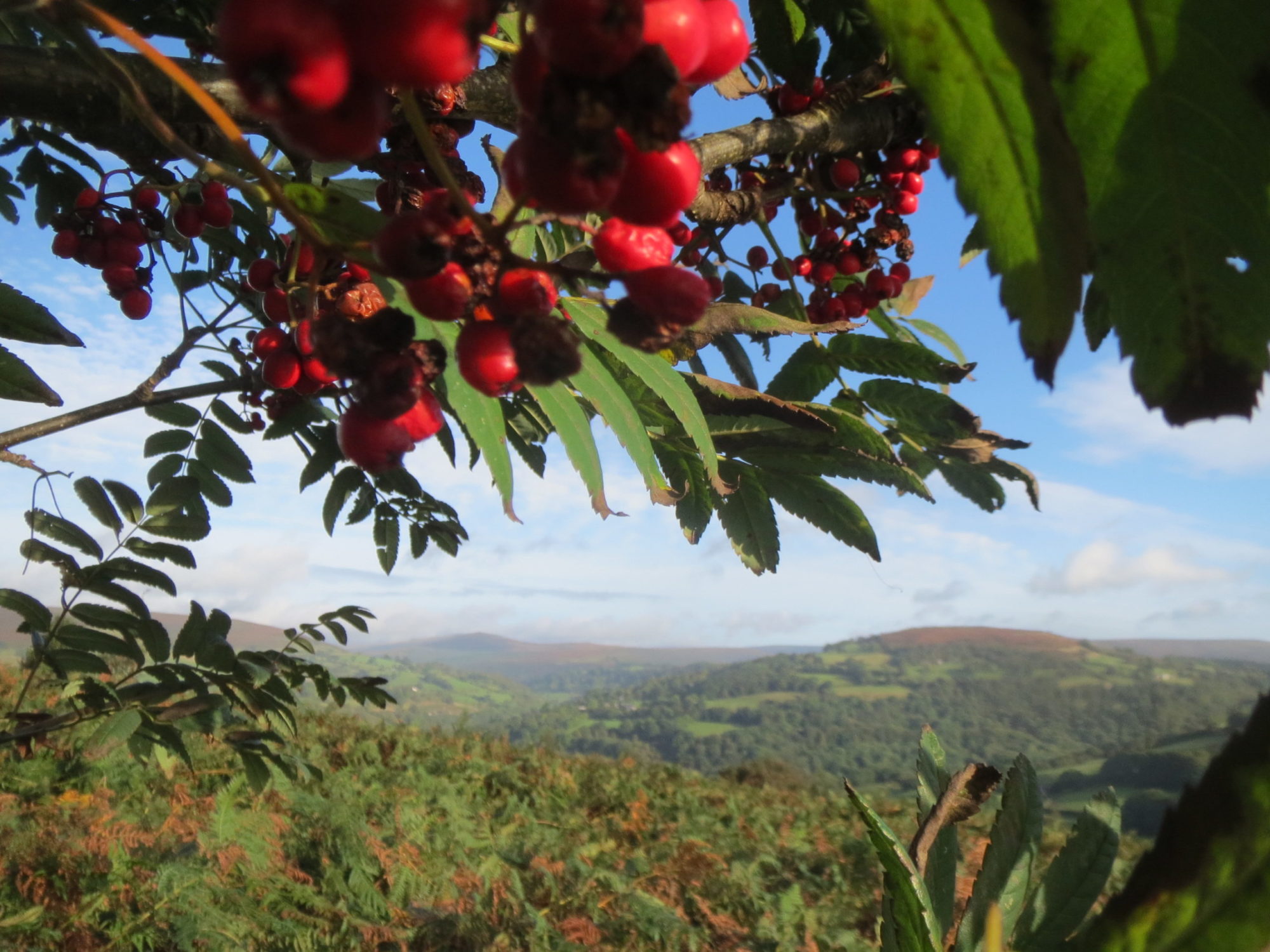
The Fens are indicative of an agricultural dilemma: they are valuable for food production, store carbon, and are home to significant amount of diverse threatened ecology. No one wants to lose it.
As elsewhere, environmental schemes are poor. Fenland schemes do not provide for ecosystems supporting Milk Parsley, the rarer Cambridge Milk Parsley or Water Germander with potential habitat for the Swallowtail butterfly. Most Paludiculture crops cannot compete with conventional production, despite vast government investment. The primary outcome of wetter areas may prove to be malaria.
There are no perfect solutions, but we could at least remove combinable cropping from the Fens to help preserve the soil for more valuable crops which do not damage the deep peat and make the most of paludiculture sites to help cultivate the missing flora of the Fens.
A suggested proposal for intensification and specialisation of land use to deliver food, carbon and the environment – what else could we do?